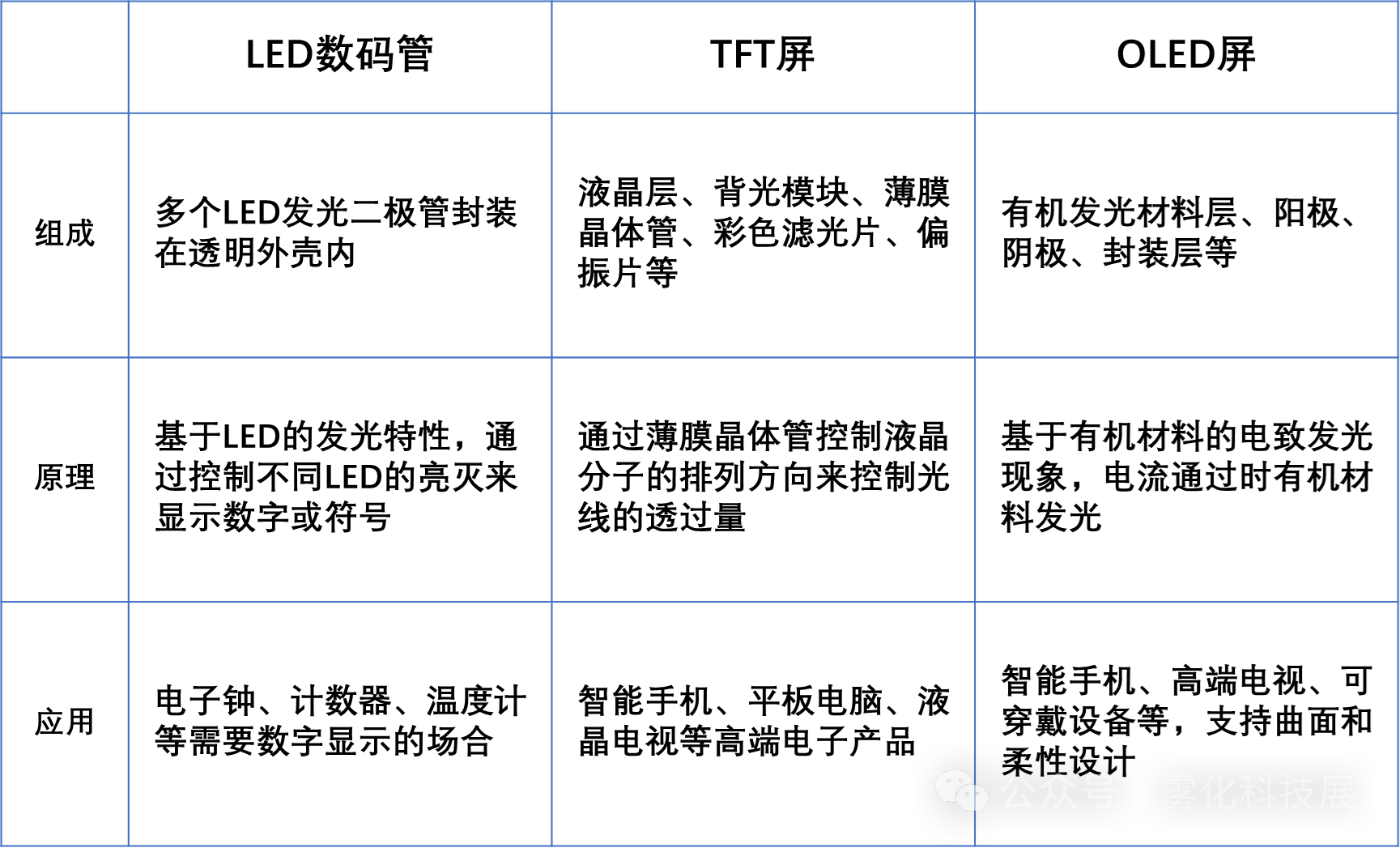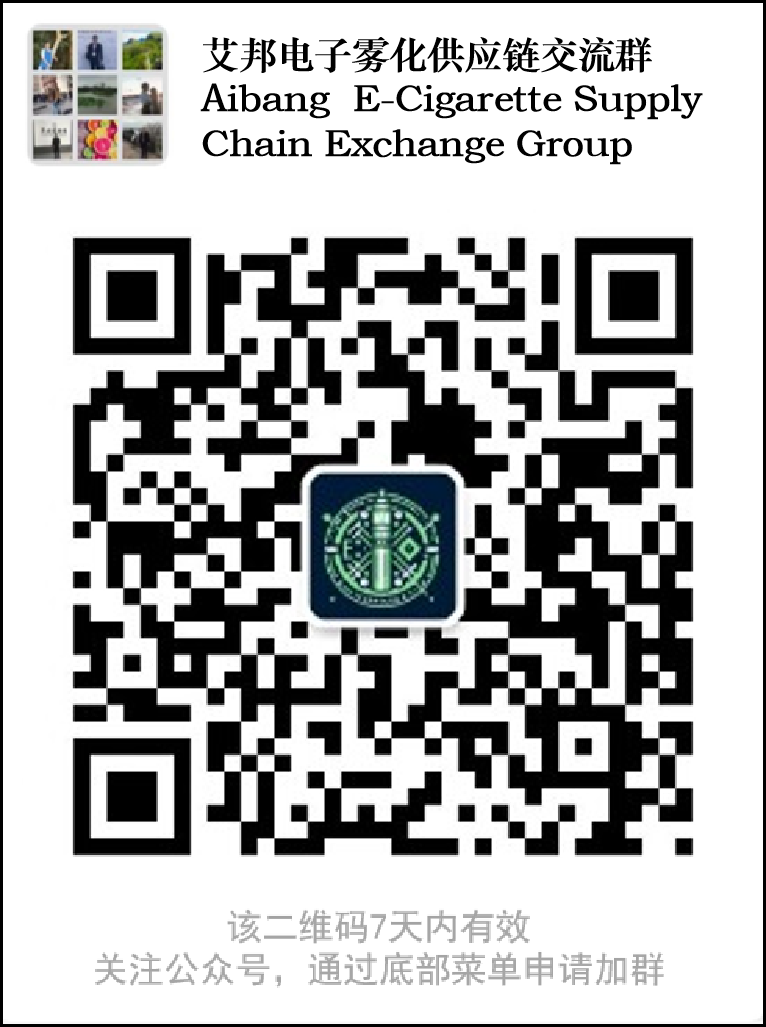1. LED Digital Tubes
Composition:
- LED digital tubes consist of multiple LEDs, each corresponding to a part of a number or symbol on the tube. They are enclosed in a transparent plastic or glass housing, forming a single display unit.
Technical Principle:
- LED digital tubes operate based on the light-emitting properties of LEDs. When current passes through an LED, it emits light, the color of which depends on the material used. By controlling the on/off behavior of different LEDs, numbers, letters, or symbols can be displayed.
Applications:
- LED digital tubes are widely used in various applications requiring digital displays, such as electronic clocks, counters, and thermometers, due to their simple structure, low price, and ease of control.
Advantages:
- Energy Saving and Environmental Protection: Compared to traditional LCD displays, LED digital tubes offer greater energy conservation and environmental protection. Because they use a DC drive, they consume less power and do not require an LCD screen, making them more energy-efficient.
- Lower Cost: Compared to some high-end display technologies, LED digital tubes are relatively inexpensive, making them more suitable for mid-range and low-end applications.
- High Customizability: LED digital tubes can display different characters using different combinations of LEDs, making them highly customizable and capable of being designed and produced to meet specific needs.
Disadvantages:
- Limited Display Quality: Compared to TFT and OLED screens, LED digital tubes offer simpler display quality. They are typically used to display numbers, letters, and simple graphics, and are not suitable for high-definition video or complex images.
2. TFT Screen (Thin Film Transistor)
Components:
- TFT screens consist of multiple complex components, including a liquid crystal layer, a backlight module, thin-film transistors, color filters, and polarizers. The liquid crystal layer is the core of the TFT screen, controlling the transmission and blocking of light; the backlight module provides the light source; and the thin-film transistors act as switching elements, turning each pixel on and off.
Technical Principle:
- TFT screens are a type of active matrix liquid crystal display. They use thin-film transistors to control the alignment of liquid crystal molecules, thereby controlling the amount of light that passes through. When current passes through the thin-film transistors, an electric field is generated, causing the liquid crystal molecules to rotate, thereby changing the light transmittance and displaying the image.
Applications:
- TFT screens are widely used in high-end electronic products such as smartphones, tablets, and LCD TVs due to their high clarity, excellent color reproduction, and low energy consumption.
Advantages:
- High Resolution: TFT screens typically have a high resolution, capable of displaying crisp images and text, making them suitable for tasks such as reading, watching HD videos, and graphic design.
- Fast Response Time: Due to their use of liquid crystal technology, TFT screens offer a fast response time, making them suitable for displaying dynamic content and gaming, while reducing motion blur and image sticking.
- Versatility: TFT screens are widely used in a variety of electronic devices, including smartphones, tablets, TVs, and computer monitors, meeting the needs of diverse users.
- Wide Viewing Angle: TFT screens typically have good viewing angles, maintaining image quality even at off-angle viewing angles.
Disadvantages:
- High Power Consumption: TFT screens typically require a backlight to generate brightness, which can result in higher energy consumption, especially when displaying high-brightness content.
- Black Level Limitation: Compared to OLEDs, TFT screens may have some limitations in displaying deep blacks because the liquid crystal cannot completely shut off the light source.
3. OLED (Organic Light-Emitting Diode) Screens
Composition:
- OLED screens consist of an organic light-emitting material layer, an anode, a cathode, and an encapsulation layer. The organic light-emitting material layer is the core of an OLED screen; it emits light when current flows through it.
Technical Principle:
- OLED screens operate based on the electroluminescence phenomenon of organic materials. When current flows through the organic light-emitting material layer, electrons and holes recombine in the light-emitting layer to form excitons. When the excitons decay, they release energy and emit light. Each pixel in an OLED screen can independently emit light and control its brightness, resulting in extremely high contrast and color saturation.
Applications:
- OLED screens are widely used in smartphones, high-end TVs, wearable devices, and other fields due to their advantages such as self-illumination, high contrast, wide viewing angles, and low power consumption. OLED screens also allow for curved and flexible designs, opening up new possibilities for product design.
Advantages:
- Self-illumination: Each pixel in an OLED screen emits light, making it thinner and lighter than an LCD. It also requires no backlight, resulting in higher contrast and deeper blacks.
- Low Power Consumption: OLED screens eliminate the need for backlights, liquid crystals, and color filters, resulting in lower power consumption.
- Flexible Display: OLED screens offer flexible displays, opening up new possibilities for future electronic device design.
- Vivid Color: OLED screens offer higher color saturation, resulting in more vibrant images.
Disadvantages:
- Higher Cost: OLED screens are complex to produce, resulting in a relatively high price.
- Short Lifespan: OLED organic materials have a limited lifespan, typically only a few thousand hours.
- Short Screen Burn-in Risk: OLED screens may experience burn-in when displaying static images at low brightness for extended periods.
Summary
The following is a brief comparison of the differences, components, and technical principles of the three screen types:

END
电子雾化与HNB产品都是新型电子产品,结构虽小,却融合应用多种材料、表面处理、芯片电子等技术工艺,而且雾化技术一直在不断更迭,供应链在逐步完善,为了促进供应链企业间有一个良好的对接交流,艾邦搭建产业微信群交流平台,欢迎加入;Vape e-cigarettes (VAPE) and Heat-Not-Burn e-cigarettes (HNB) are both emerging electronic products. Despite their compact size, they integrate various materials, surface treatment technologies, chip electronics, and other advanced technical processes. Moreover, atomization technology is constantly evolving and the supply chain is being progressively perfected. To facilitate good communication and networking among supply chain enterprises, Aibang has established an industry WeChat group communication platform and warmly welcomes interested enterprises to join.

